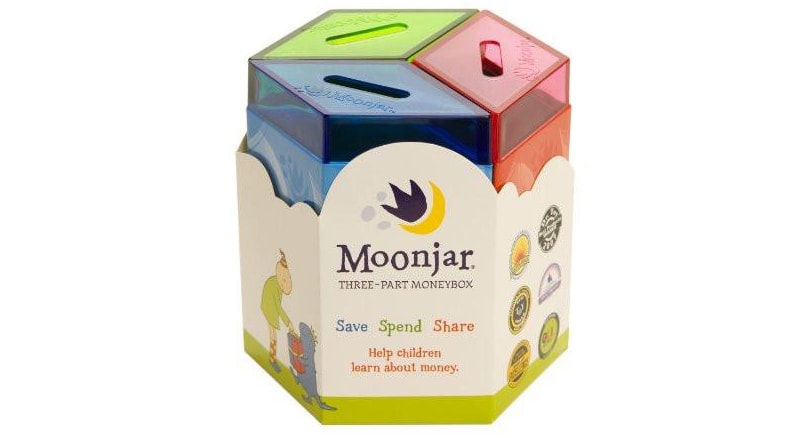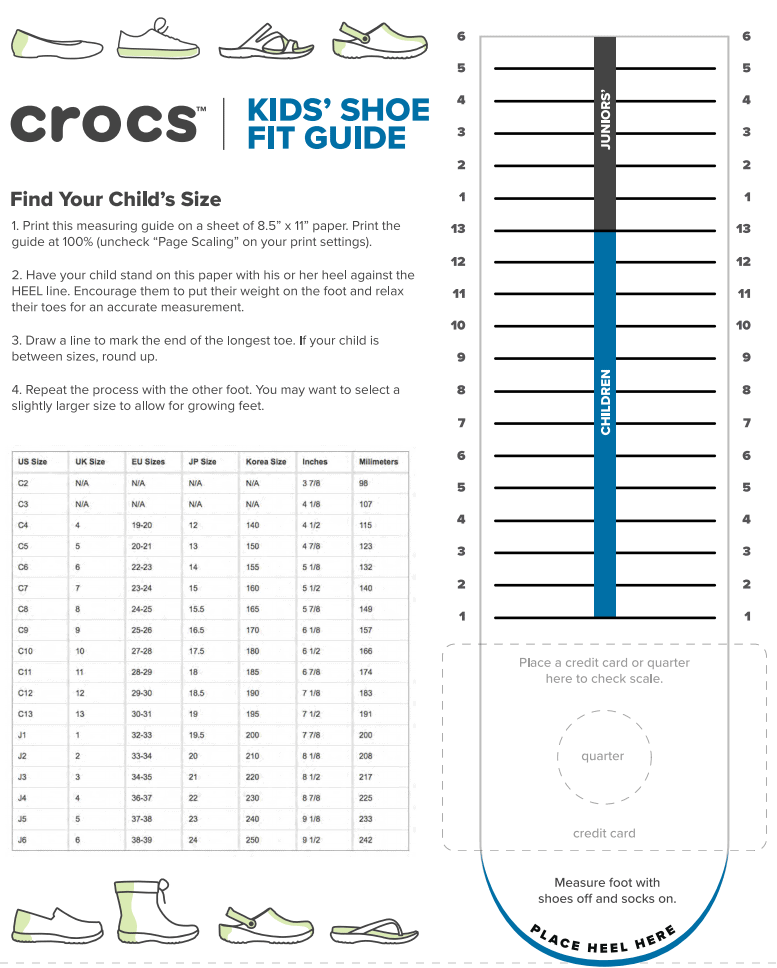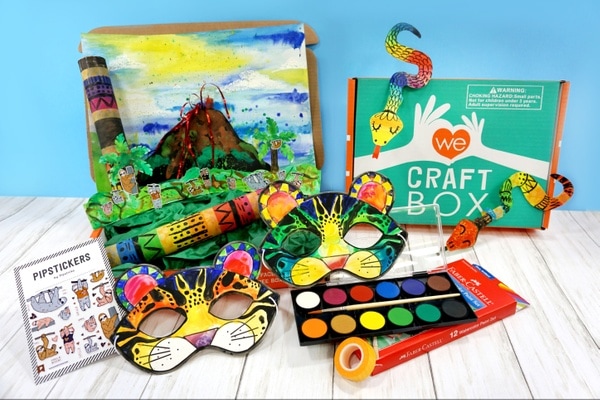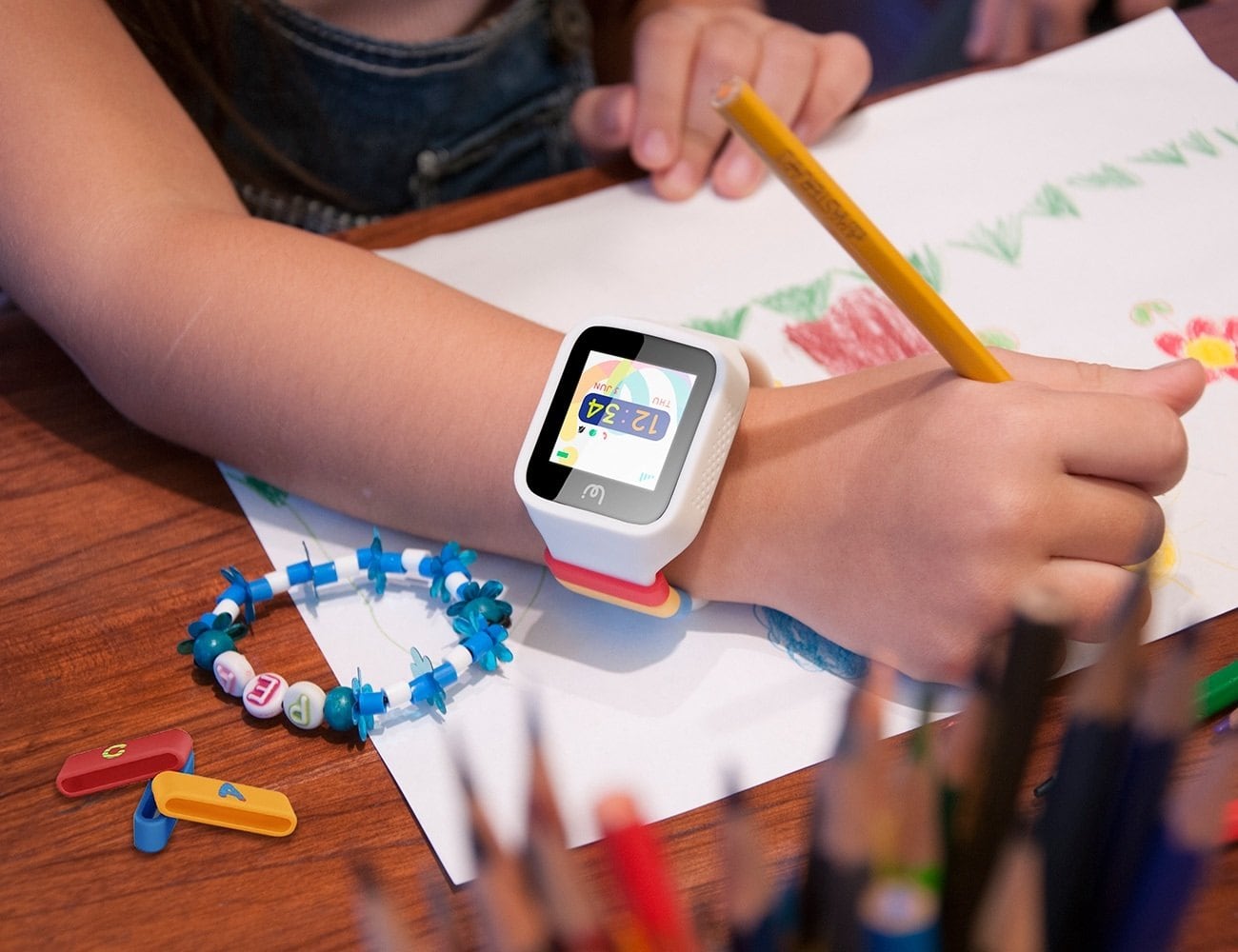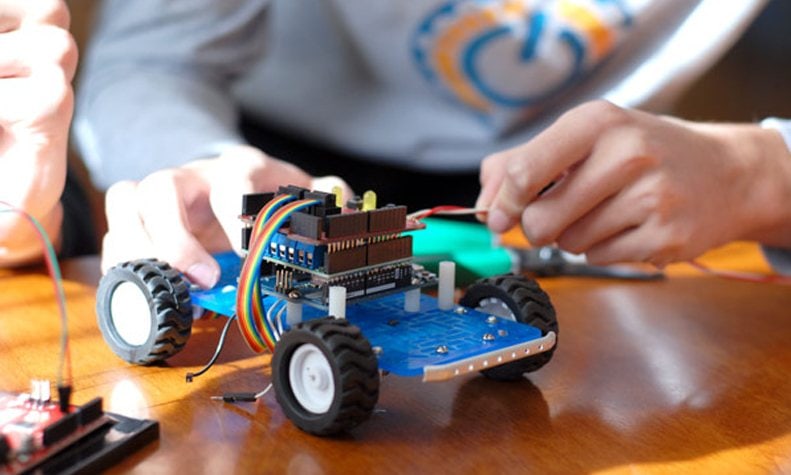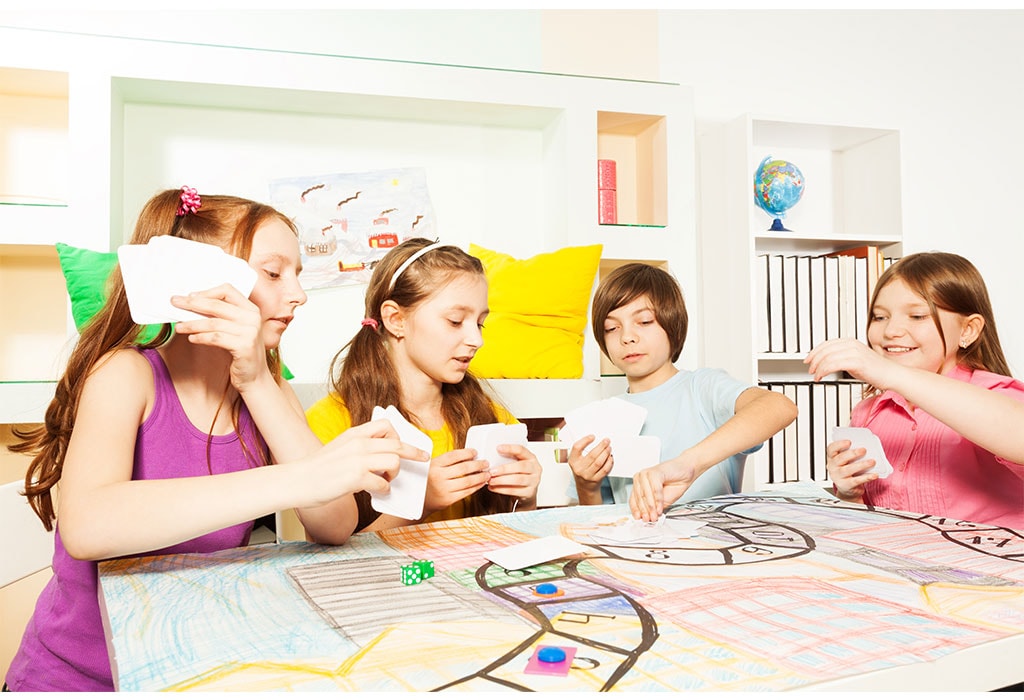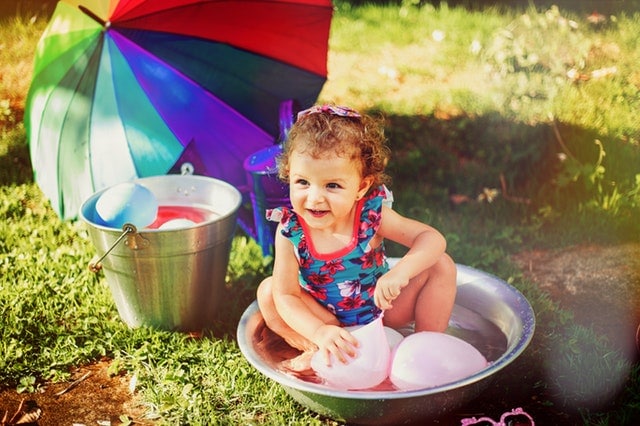Children are never too young to learn about the value of service. Service projects build character, teach life lessons, and best of all, they can be lots of fun! Adding that additional structure to their lives can also help children through times of transition, and help them learn about budgeting their time.
There are countless different projects kids can undertake to serve their community and build character. Which one is right for your child?
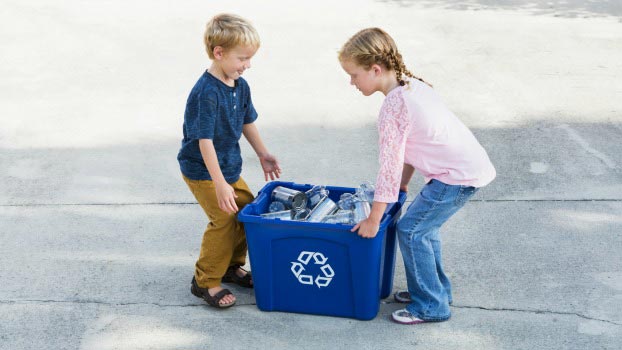
Charitable Service Projects for Kids
Service projects are all about spending your time to help others—that is a common thread among all service projects. They also all teach life lessons, and help instill values charitable values in children of all ages.
Beyond this handful of themes, though, service projects can be very distinct experiences. Let’s take a look at many of the best more in-depth so that you can make a more informed decision and determine which one is the best for your little ones.
1. Thank You Cards for Service Members
Here’s an excellent way for kids to support the troops and make a difference in individual lives. Have your kids write a message of thanks and support to service members stationed around the world. It doesn’t have to follow any specific structure; Just getting a personal note from a child can make someone’s day.
For a child, this conveys a variety of valuable lessons. Supporting the troops and the sacrifices they make for their country helps kids understand the concept of making sacrifices for a higher goal. Further, writing a note of thanks helps them learn about gratitude, and taking the time to express values to others.
There are several excellent services whose mission is distributing thank you cards for service members; one great one is Operation Gratitude. Let your child create their thank you card, then follow that link to see how to send it to a service member.
2. Recycling and Community Cleanup
An excellent way for your children to get out and connect with their community is to work on a community cleanup project. Pick up litter along the street, in the park, or anywhere else in and around the neighborhood.
There are often structured programs in different cities to help direct volunteers to the areas where they could make the most significant impact. That can be a great project for you to participate in alongside your child.
They can also work on a recycling project, promoting recycling and preventing recyclable materials from ending up in landfills. These projects help children learn about respecting their communities and appreciating the environment.
3. Nursing Home Visitations
Nursing home visitations represent an excellent way for your children to impact others’ lives and develop a sense of connection with the world around them. Nursing home visitations are a great way to devote yourself to service while developing relationships with other human beings and making a tangible difference in other people’s lives.
Your local nursing home will almost certainly have volunteer programs for interested children to spend time with people at the home. No matter how much care the home provides, the seniors who reside there are always interested in connecting with other people; this is one of the best ways to help make an impact on individual lives.
Visiting nursing homes helps your children learn about spending their time to enrich the lives of others. It’s also an excellent way to develop valuable relationships.
4. Homeless Care Packages
An increasingly popular service project for children is creating and distributing homeless care packages. When a child sees a homeless person, that can be a confusing and challenging experience. But one of the best ways to channel that confusion is into direct action.
Piece together a package including socks (the most requested item at homeless shelters), hygiene products (including wipes), and food with a long shelf life, like granola bars. If you aren’t comfortable distributing the packages yourself, you can just drop them off at a homeless shelter.
That type of project teaches your child about helping those less fortunate than themselves. Also, assembling the packages themselves helps instill lessons about budgeting and organization.
5. Volunteer at an Animal Shelter
If your little one is an animal lover, volunteering at an animal shelter can be the perfect way for them to give back. Many animal shelters will have volunteer applications online, but you can also show up in person. Just about any animal shelter will have a friendly person who will be happy to walk you through the process of signing up, and explain what volunteering there would entail.
Volunteering at an animal shelter could be as simple as playing with animals and keeping them company to keep their spirits up. For teens, their responsibilities may be even more in-depth than that. Keep in mind that many shelters won’t have the supervision to allow children under 13 to volunteer by themselves, and an adult will have to accompany them.
Volunteering at an animal shelter allows your child to learn about the values of service, all while having fun spending time with animals.

6. Organize a Food Drive
Here is a great way to connect with your community, all while making a significant difference in people’s lives. Before getting started with a food drive, be sure to consult with your local food bank. They will advise on food safety, what types of food they need the most, and what kinds of food they cannot accept.
Then your child can work through their school, place of worship, or other community centers to organize a food drive. Be sure to relay all the guidelines the food bank outlined for you.
Another way to make a big impact in this area would be to fundraise on behalf of the food bank. That can be the largest return on investment as the food bank won’t have to screen all the donations, and no food they are unable to accept will go to waste.
Organizing a food drive can be a tall task for a child, but as a community-wide effort it can be a great way for them to develop a connection with the place they live.
7. Ask for Donations Rather Than Birthday Presents
Here is a service project that requires little in the way of tangible effort, while still making a significant difference and helping your child learn about sacrifice towards a greater good. As your child’s birthday party draws near, they can ask friends and family to donate to a specific cause rather than spending that money on a gift.
That can feel like a personal gift, especially if your child asks for donations to a specific charity that they care passionately about.
Although this requires less effort than other service projects on the list, it is still a significant sacrifice. It is natural for children to desire new toys and material things; choosing to give them up in order to make a difference in the world is an admirable thing, and a value that your child may retain for life.
The Bottom Line
Service projects, big and small, can be wonderful tools in helping your child develop values and a moral compass that will guide them throughout their lives. Whether they’re out volunteering in the community, or simply asking for donations instead of gifts, your child will learn the joy of sacrifice, and feel a drive to be a part of something larger than themselves.

